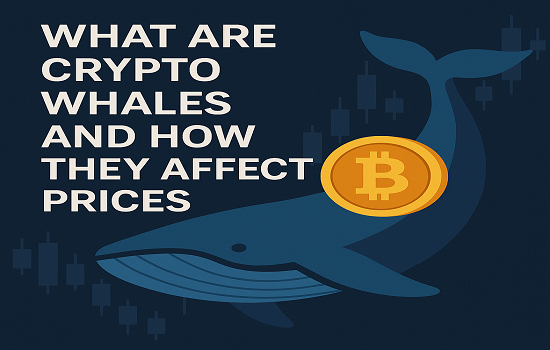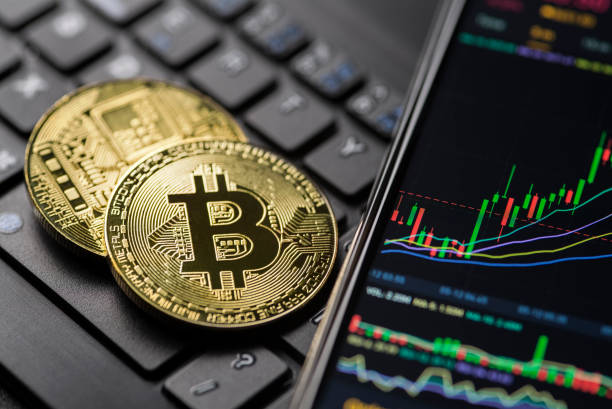The world of cryptocurrency is filled with fascinating jargon and mysterious figures. One of the most intriguing terms you’ll hear is “crypto whale.” But who or what are crypto whales, and why do they matter so much in the digital asset market? In this blog, we’ll explore what crypto whales are, how they operate, and most importantly—how they influence the volatile prices of cryptocurrencies like Bitcoin and Ethereum.
What Are Crypto Whales?
A crypto whale is an individual or entity that holds a significant amount of a particular cryptocurrency. The term “whale” comes from the analogy in the ocean—just as a whale can make waves in the sea, a crypto whale can make waves in the market.
There’s no strict definition, but generally:
- A Bitcoin whale holds more than 1,000 BTC.
- For other cryptocurrencies, the threshold varies depending on total supply and market cap.
Crypto whales include:
- Early adopters (e.g., original Bitcoin miners)
- Institutions (e.g., Grayscale, MicroStrategy)
- Exchanges (e.g., Binance, Coinbase wallets)
- Crypto funds and high-net-worth individuals
How Crypto Whales Influence Market Prices
Crypto whales have the power to influence the market in several ways, and not always intentionally. Their trades and movements can cause large fluctuations in price, spooking smaller investors and altering market sentiment.
1. Liquidity Impact
Whales can impact liquidity, especially in markets with low trading volume. If a whale sells a large portion of their holdings, the sudden influx of supply can drive prices down sharply. Conversely, large buys can create upward pressure on prices.
2. Market Manipulation (Intentional or Not)
Some whales may engage in tactics like:
- Spoofing: Placing large orders they don’t intend to fill to create fake buying/selling pressure.
- Wash trading: Buying and selling to themselves to pump volume and mislead the market.
- Pump and dump schemes: Coordinating with others to artificially inflate the price and then sell for profit.
While illegal in traditional finance, the crypto market is still loosely regulated, making these practices more common.
3. Psychological Effect on Retail Investors
Many traders monitor whale wallets using blockchain explorers and tools like Whale Alert. Large transfers from a whale’s wallet to an exchange often trigger panic selling, as it suggests a big sell-off may be imminent.
On the flip side, when whales accumulate or withdraw from exchanges to cold storage, it can be interpreted as a bullish signal—a sign they’re holding long-term.
Famous Examples of Whale Activity
- In May 2021, Bitcoin’s price plunged after a whale sold off a large position during heightened market anxiety.
- The movement of Satoshi Nakamoto’s wallet—the mysterious creator of Bitcoin—still sends shockwaves across the community if even a single coin moves.
How to Track Whale Activity
Crypto is uniquely transparent thanks to blockchain technology. You can monitor whale behavior with tools such as:
These platforms help investors stay informed and anticipate possible price movements.
Should You Be Worried About Crypto Whales?
While whales can manipulate markets, they’re also a natural part of any financial ecosystem. In traditional markets, large institutions play a similar role. As the crypto market matures and grows in liquidity and regulation, whale impact may diminish.
Pro Tips for Traders:
- Don’t panic over every whale move—context matters.
- Diversify your portfolio to mitigate whale-driven volatility.
- Use whale alerts as signals, not commands.
Conclusion
Crypto whales play a pivotal role in shaping the cryptocurrency market. Their large-scale transactions can significantly influence price dynamics, either through direct market action or psychological impact on retail investors.
For traders and long-term holders alike, understanding whale behavior is essential. By staying informed and using the right tools, you can make smarter, more strategic decisions in an often unpredictable market.






































